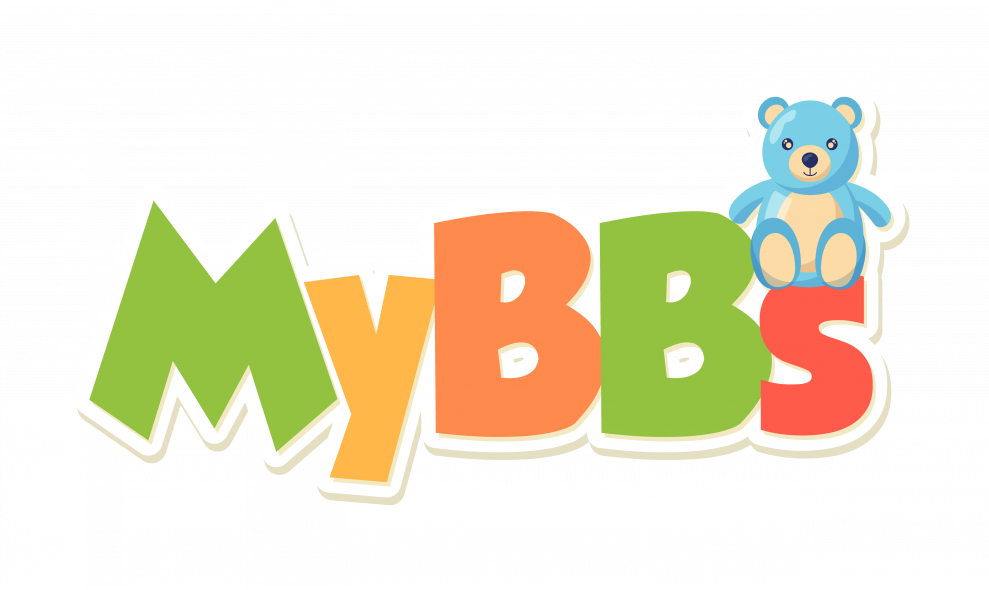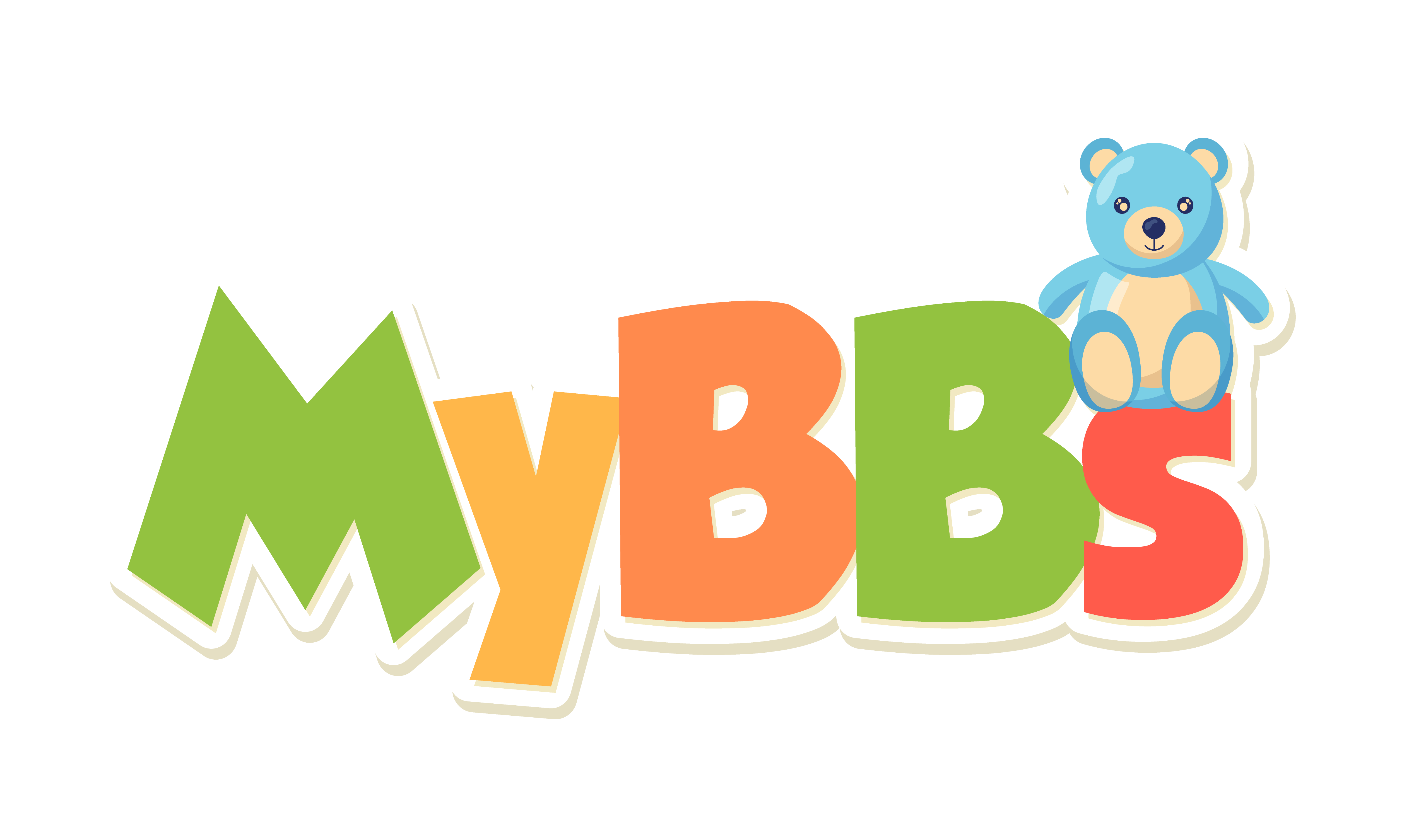Welcome to the world of Ty Beanie Babies, where cute, cuddly, and collectible creatures reign supreme. These plush toys, introduced in the mid-1990s, quickly became a global phenomenon, with collectors of all ages seeking to complete their collections. But what happens when a Beanie Baby retires? In this article, we’ll delve into the fascinating world of retired Beanie Babies, exploring their history, value, and the reasons behind their retirement.
Retired Beanie Babies are those that are no longer in production by Ty Inc., the company that manufactures Beanie Babies. These retired models often become highly sought after by collectors, as their scarcity can increase their value. Whether you’re a seasoned collector or a newcomer to the world of Beanie Babies, understanding the concept of retired Beanie Babies can enhance your collecting experience.
History of Beanie Babies
The story of Beanie Babies began in 1993 when Ty Warner, the founder of Ty Inc., introduced the first nine Beanie Babies to the world. These included Legs the Frog, Squealer the Pig, and Spot the Dog, among others. These toys, filled with plastic pellets (or “beans”), were unique in their ability to be posed in various ways, thanks to their flexible bodies.
Beanie Babies quickly gained popularity due to their affordability, unique designs, and the clever marketing strategy of introducing new Beanie Babies and retiring old ones, creating a sense of urgency among collectors. The concept of retiring Beanie Babies was introduced as a way to keep the line fresh and exciting, and it worked. Collectors would rush to buy Beanie Babies before they were retired, knowing that once they were gone, they might never be available again.
First Retired Beanie Babies
The first Beanie Babies to be retired were Brownie the Bear and Punchers the Lobster in 1993. Their retirement marked the beginning of a trend that would continue for years to come. The retirement of a Beanie Baby was often announced in the Ty newsletter, leading to a rush of collectors trying to get their hands on the soon-to-be-retired models.
Retirement didn’t necessarily mean the end for some Beanie Babies, though. Some retired models were later re-released with slight variations, such as a different color or a change in the fabric. These re-releases became known as second-generation Beanie Babies.
Value of Retired Beanie Babies
The value of a retired Beanie Baby can vary greatly, depending on a variety of factors. These include the condition of the Beanie Baby, its rarity, and the demand among collectors. Some retired Beanie Babies can sell for just a few dollars, while others can fetch hundreds or even thousands of dollars.
One of the most valuable retired Beanie Babies is the first-generation Princess Diana Bear, which was released in 1997 in memory of Princess Diana. This Beanie Baby, made of purple fabric and adorned with a white rose, can sell for thousands of dollars in mint condition. Other valuable retired Beanie Babies include the first-generation Valentino Bear and the original Peanut the Elephant in royal blue.
Factors Influencing Value
Several factors can influence the value of a retired Beanie Baby. The condition of the Beanie Baby is crucial, with those in mint condition (with no stains, rips, or signs of wear) being the most valuable. The presence of the original tags can also significantly increase a Beanie Baby’s value.
The rarity of a Beanie Baby can also affect its value. Beanie Babies that were produced in limited quantities or for a short period are typically more valuable. Similarly, Beanie Babies with manufacturing errors (such as a misspelled name on the tag) can also be worth more, as these errors make them unique.
Reasons for Retirement
The decision to retire a Beanie Baby is made by Ty Inc. and can be influenced by a variety of factors. Sometimes, a Beanie Baby is retired simply because it’s been in production for a long time, and the company wants to introduce new models. Other times, a Beanie Baby might be retired due to low sales or because the fabric used to make it is no longer available.
When a Beanie Baby is retired, it’s announced in the Ty newsletter and on the company’s website. The announcement often leads to a surge in demand for the retiring Beanie Baby, as collectors rush to add it to their collections before it’s gone for good.
Impact of Retirement on Collectors
The retirement of a Beanie Baby can have a significant impact on collectors. For those who have been collecting for a long time, the retirement of a favorite Beanie Baby can be a bittersweet moment. On the one hand, it can increase the value of their collection, but on the other hand, it can also mean that they won’t be able to add any more of that particular Beanie Baby to their collection.
For new collectors, the retirement of a Beanie Baby can be an exciting opportunity. It can be a chance to add a rare and potentially valuable Beanie Baby to their collection. However, it can also be a challenge, as retired Beanie Babies can be harder to find and more expensive to buy.
Where to Buy Retired Beanie Babies
Retired Beanie Babies can be found in a variety of places. Online marketplaces like eBay and Amazon often have a wide selection of retired Beanie Babies for sale. Collectible toy stores and antique shops may also carry retired Beanie Babies.
Another great place to look for retired Beanie Babies is at MyBeanieBabies.com. This online store specializes in Ty Beanie Babies and offers a wide selection of retired models. Whether you’re looking for a specific retired Beanie Baby or just want to browse, MyBeanieBabies.com is a great place to start your search.
Buying Tips
When buying a retired Beanie Baby, it’s important to do your research. Check the condition of the Beanie Baby and make sure it has its original tags. Also, compare prices from different sellers to make sure you’re getting a fair deal.
It’s also a good idea to check the seller’s reputation. Look at their feedback from previous buyers and make sure they have a history of selling authentic Beanie Babies. Be wary of sellers who have a lot of negative feedback or who are selling Beanie Babies at prices that seem too good to be true.
Conclusion
Retired Beanie Babies are a fascinating aspect of Beanie Baby collecting. Whether you’re a seasoned collector or just starting out, understanding the concept of retired Beanie Babies can enhance your collecting experience. From their history and value to the reasons behind their retirement, there’s a lot to learn about these beloved plush toys.
So, whether you’re looking to add to your collection or just want to learn more about these cute and cuddly creatures, dive into the world of retired Beanie Babies. You never know, you might just find your next favorite collectible!
Now that you’ve discovered the charm of retired Beanie Babies, why not bring some of that magic into your own home? At MyBeanieBabies.com, we’re dedicated to reigniting the joy and imagination that comes with these timeless toys. Our carefully curated collection features a wide range of Beanie Babies, Beanie Boos, and Beanie Buddies, perfect for both new enthusiasts and seasoned collectors. Plus, explore our unique selection of toys and childcare items to give your child the best. Don’t miss out on the opportunity to own a piece of plush history. Checkout our plush shop now and find your next treasured companion!

